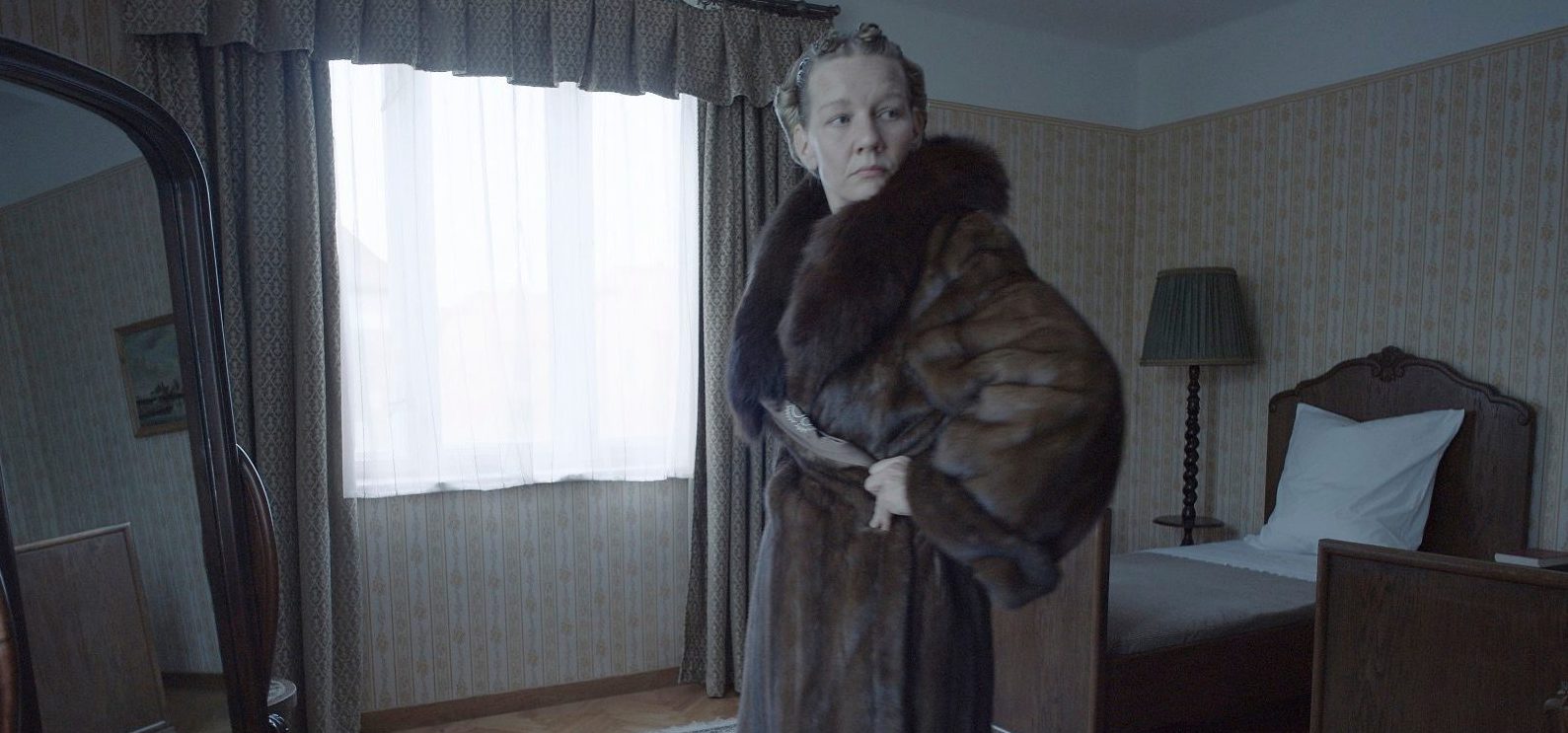The majority of Jonathan Glazer’s historical drama film ‘The Zone of Interest’ takes place in and around the house of Rudolf and Hedwig Höss. The comfort and luxury the house provides to the couple are placed in contrast with the crematoriums in the Auschwitz concentration camp, which is located right next to the mansion. By setting the movie in the house and capturing the mundane activities of the Nazis, Glazer succeeds in showing how they are as human as any of us, reminding us how close evil lurks in reality. The house of the Höss couple in the film is real but it is not the actual mansion in which their real-life counterparts lived!
Setting Up the Höss’ House
In reality, Rudolf and Hedwig Höss lived in a two-story house with a garden near the Auschwitz concentration camp. The house still exists but it belongs to a different family. For the production of the movie, the crew chose a different house situated very near the former mansion of the Höss couple. “We started at the outset in the real house, and I think we must have visited it maybe six, seven times in total. I got very familiar with the house and looked at it long enough to see what was original,” production designer Chris Oddy told TIME.

After the visits to the original mansion, Oddy and his team renovated a Polish family’s house situated in the same neighborhood. In addition to years of research, Oddy needed four “very efficient” months of practical efforts to transform the house into Rudolf and Hedwig’s mansion in the movie. “What Chris built there is really a direct simulation of the house and garden and its proximity to the camp was essential for us. There’s no fantasy staging going on. You’re looking at how they lived,” Glazer added, joining Oddy, regarding the authenticity of the house we see in the film.
Oddy described his approach to recreation as “forensic” to The Washington Post. Attention to detail was the key and it is evident even in the railings that lined the staircase. The railings were “almost deco” stylistically. “It’s sitting in modernity for [Höss],” he told The Washington Post. Since the photographs of the original house he garnered were “quite grainy and not massively informative,” the production designer had to rely on the recorded account of a cleaner who worked for the Höss family to figure out how the establishment was during the 1940s. Oddy considered the account as “a witness statement” that provided detailed information concerning what each of the rooms had at the time.
Even though the movie doesn’t explicitly show the horrors of the Auschwitz camp, there are several elements the period drama uses to emphasize them, including the chimneys of the camp and the smoke that emanates from them. Oddy made sure that the camp and the house remained connected. “You can see the camp very clearly [from the house]. It was important to make that physical relationship between the house and the wall [stand] out. More windows were added to double that point,” he added.
Read More: Movies Like The Zone of Interest


You must be logged in to post a comment.